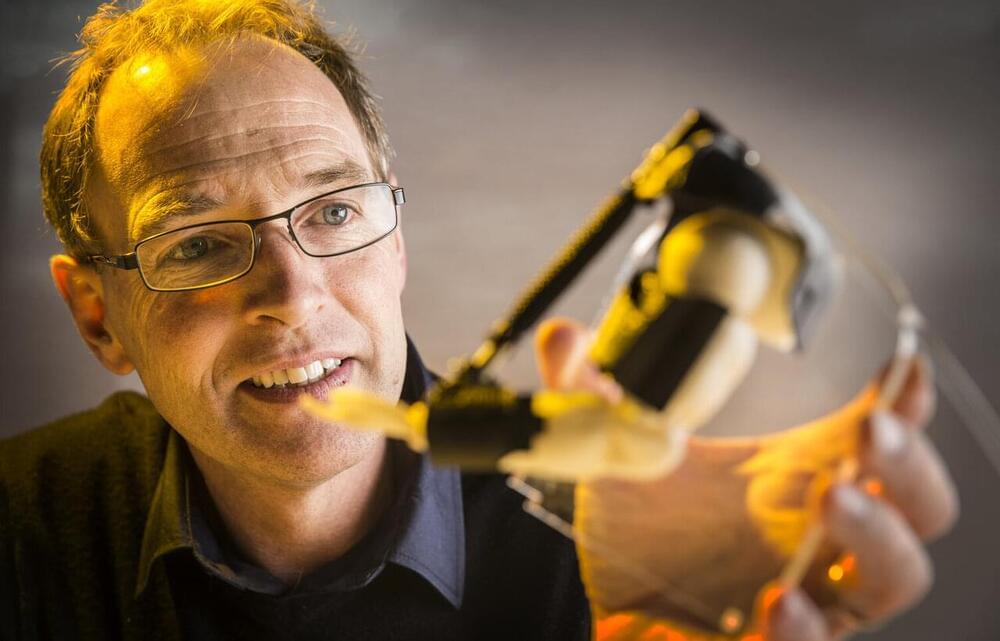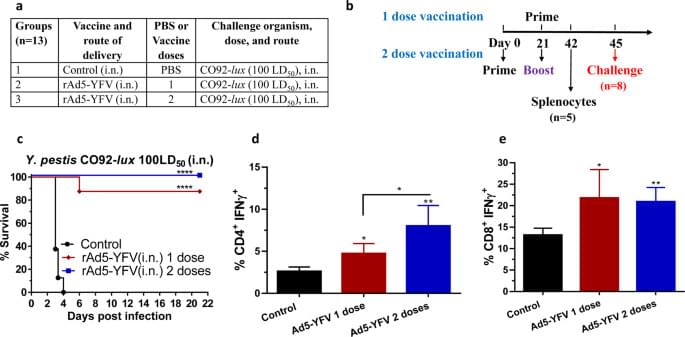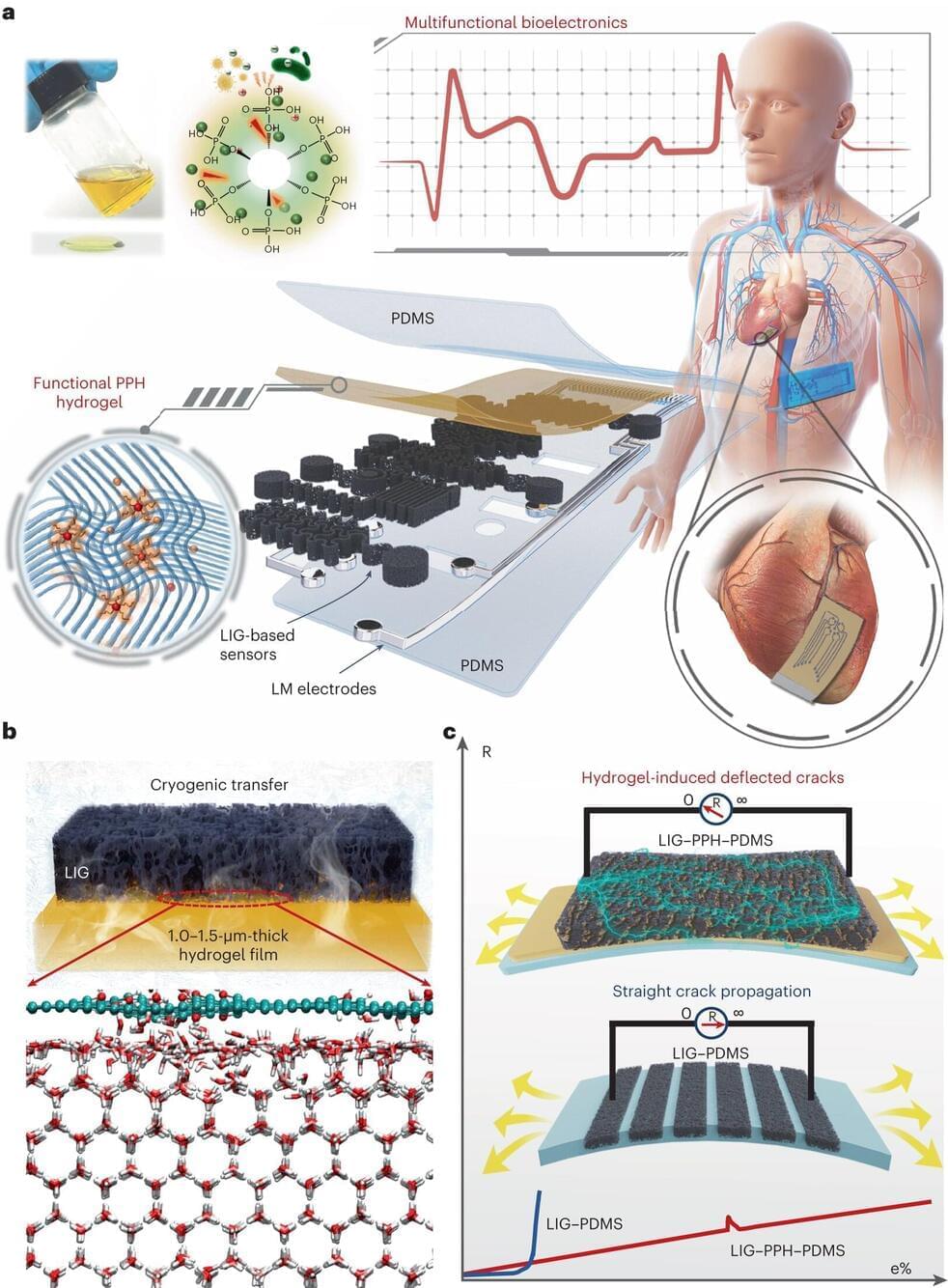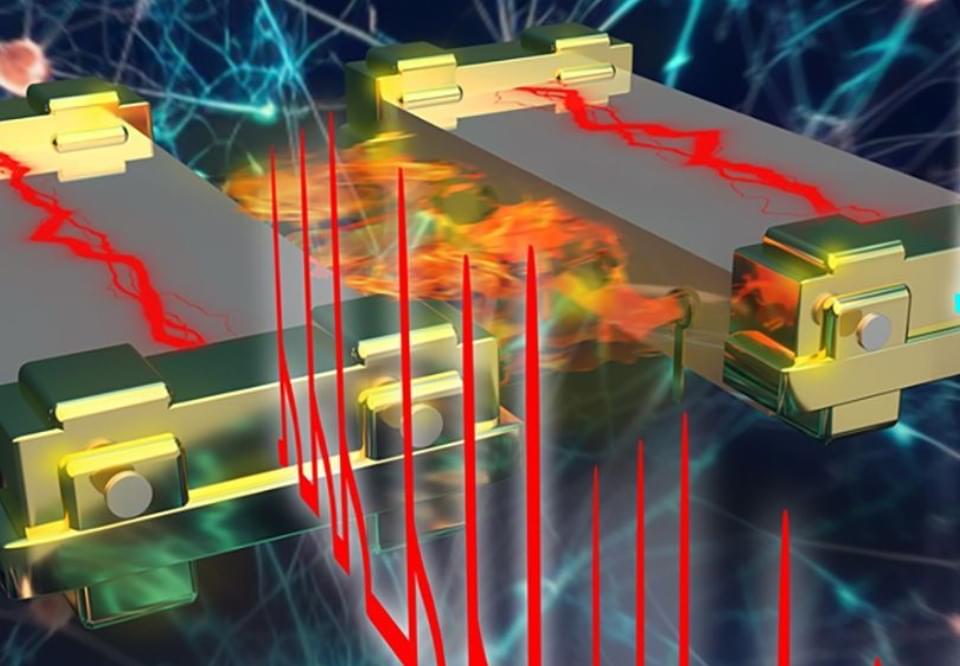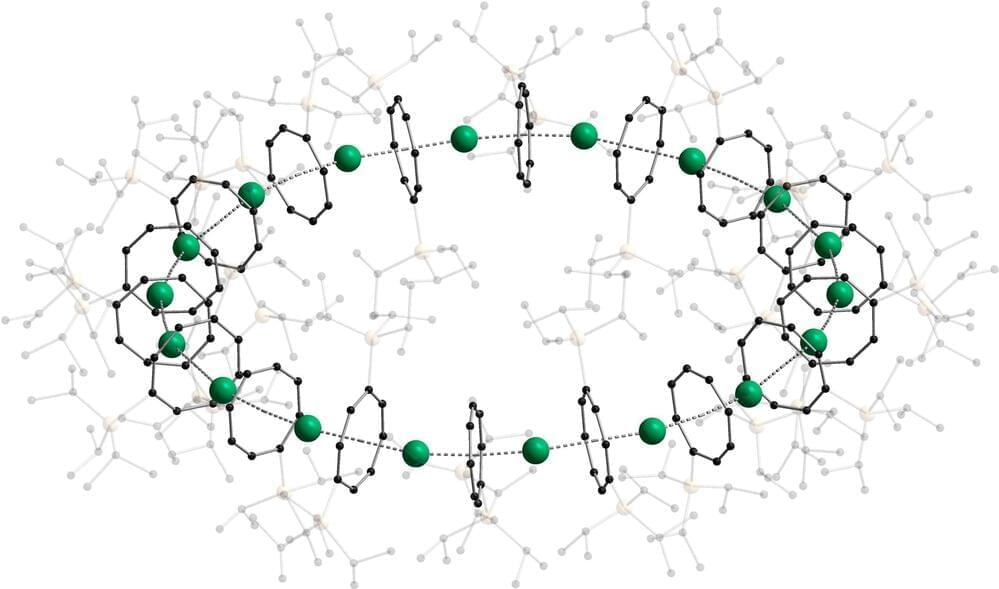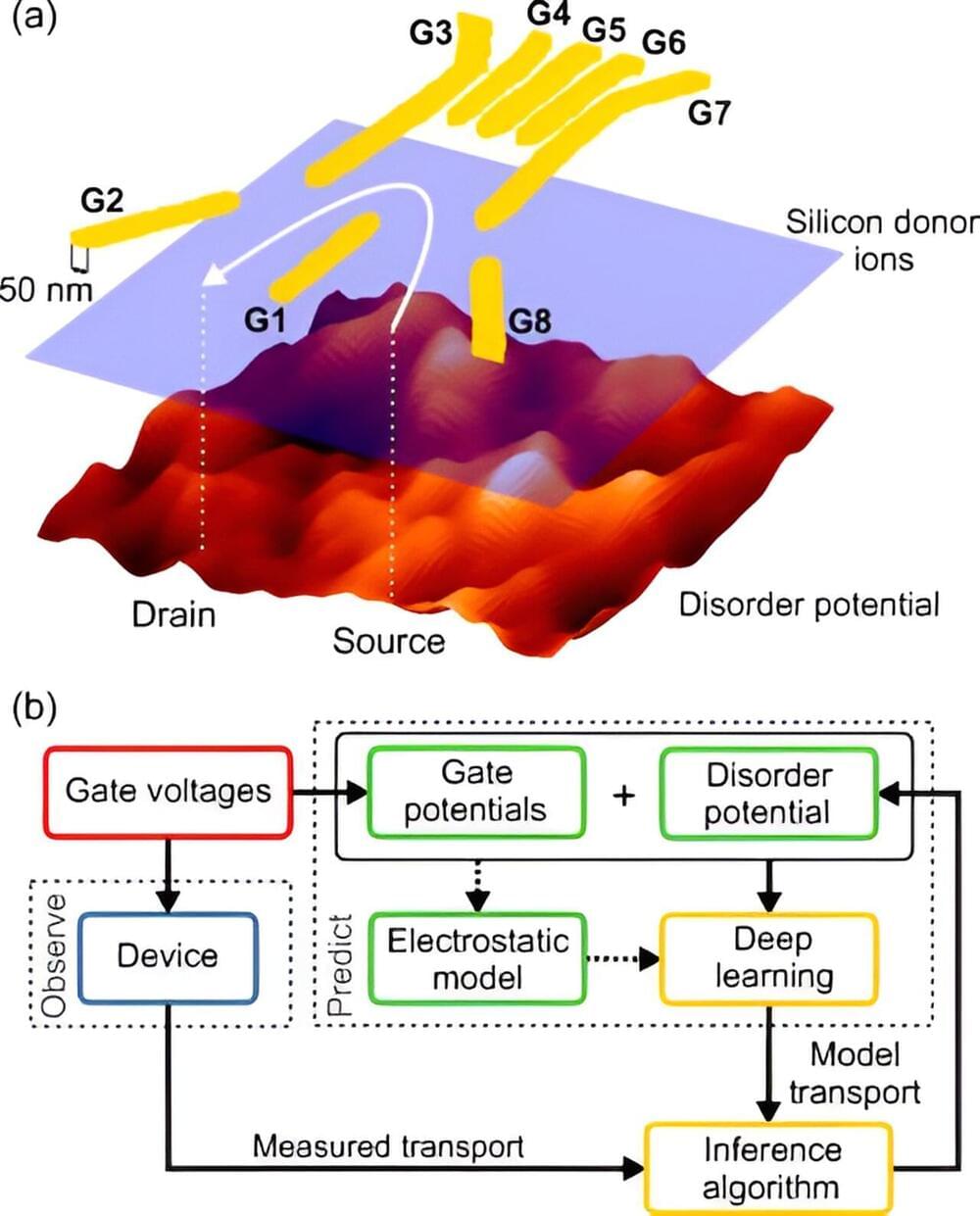Jan 16, 2024
Breakthrough gives artificial muscles superhuman strength
Posted by Omuterema Akhahenda in categories: cyborgs, nanotechnology
Putting “socks” on artificial muscles made from inexpensive materials helps them produce 40 times more flex than human muscle, a global research project has found, featuring researchers from the University of Wollongong (UOW) at the ARC Centre of Excellence for Electromaterials Science (ACES).
UOW researchers from ACES joined with international partners from the U.S., China and South Korea to develop sheath-run artificial muscles (SRAMs), that can be used to create intelligent materials and fabrics that react by sensing the environment around them.
It builds on the work over the past 15 years by researchers from UOW and their international colleagues who have invented several types of strong, powerful artificial muscles using materials ranging from high-tech carbon nanotubes (CNTs) to ordinary fishing line.
